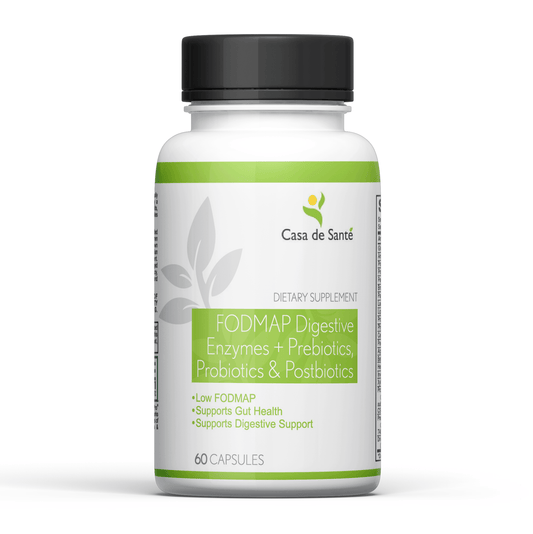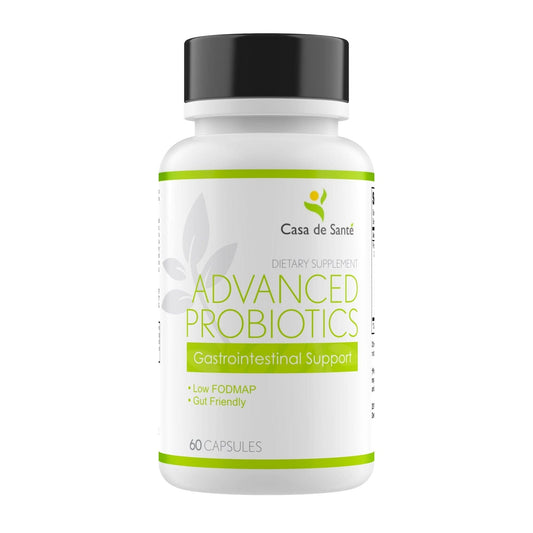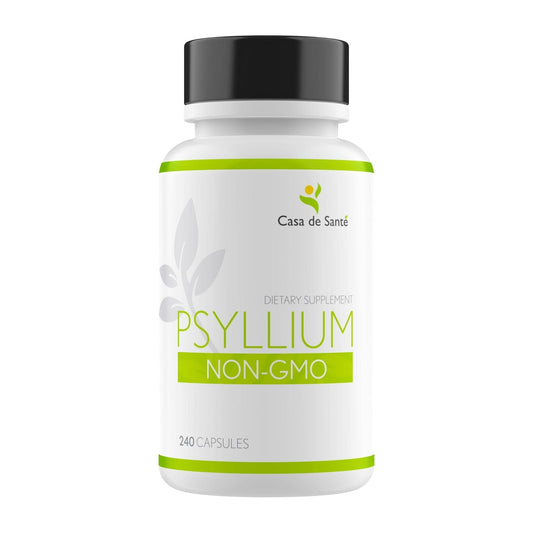Is There a Pill Form of Miralax? Understanding Your Options
Is There a Pill Form of Miralax? Understanding Your Options
Constipation is a common digestive issue affecting millions of people worldwide. When seeking relief, many turn to over-the-counter solutions like Miralax, a popular osmotic laxative. One question that frequently comes up is whether Miralax is available in pill form. If you've wondered about this yourself, you're not alone. This comprehensive guide will explore Miralax, its available forms, and alternative options for those who prefer pills for constipation relief.
What Exactly Is Miralax?
Miralax (generic name: polyethylene glycol 3350) is an osmotic laxative that works by drawing water into the colon, softening stool and making it easier to pass. Unlike stimulant laxatives, Miralax doesn't cause the intestines to contract. Instead, it works more gently by increasing the water content in the stool, making it an effective option for many people suffering from occasional constipation.
Developed and approved by the FDA in the late 1990s, Miralax has become one of the most recommended over-the-counter constipation remedies by healthcare providers. It's generally considered safe for short-term use and causes fewer side effects than many other laxatives on the market.
The popularity of Miralax stems not only from its effectiveness but also from its convenience. It comes as an odorless, tasteless powder that dissolves completely in beverages, making it easy to incorporate into daily routines. Unlike some other laxative options that come in pill form or unpleasant-tasting liquids, Miralax can be mixed into water, juice, coffee, or tea without affecting the taste, which significantly improves patient compliance, especially for those who struggle with taking medications.
How Miralax Works in Your Body
Miralax's active ingredient, polyethylene glycol 3350 (PEG 3350), is a non-absorbable compound. This means it passes through your digestive system without being absorbed into your bloodstream. As it moves through your intestines, it attracts and holds water, increasing the moisture content of your stool. This softening effect makes bowel movements less painful and easier to pass.
The gentle mechanism of action is why many doctors recommend Miralax over stimulant laxatives, which can cause cramping and, with long-term use, potentially lead to dependency. Miralax typically produces a bowel movement within 1-3 days of starting treatment, making it effective but not immediate.
At a molecular level, PEG 3350 works through osmosis, creating a concentration gradient that pulls water from the intestinal tissues into the bowel lumen. This hydration process not only softens the stool but also slightly increases its volume, which helps stimulate the natural peristaltic movement of the intestines. Unlike some other osmotic agents such as magnesium-based laxatives, Miralax doesn't cause significant electrolyte imbalances when used as directed, making it suitable for a wider range of patients, including those with certain kidney or heart conditions who need to be cautious about their electrolyte levels.
Available Forms of Miralax
Despite the common desire for a pill form, Miralax is currently only available as a powder. This powder is designed to be dissolved in liquid before consumption. The standard packaging includes a bottle of unflavored powder with a measuring cap that helps users measure the recommended dose of 17 grams (about one heaping tablespoon).
The powder is tasteless and dissolves completely in any beverage, making it relatively convenient to take. However, for those who prefer pills or tablets, this format can be less appealing and potentially more cumbersome, especially when traveling or on the go.
Why Miralax Doesn't Come in Pill Form
The absence of a pill form of Miralax is primarily due to the nature of its active ingredient and the required dosage. Polyethylene glycol 3350 needs to be taken in relatively large amounts to be effective—typically 17 grams per dose. This would translate to an impractically large pill or multiple pills, making a powder form more practical for consumption.
Additionally, the powder form allows the medication to dissolve more readily in the digestive tract, which is essential for its mechanism of action. The osmotic effect depends on the medication being well-distributed in the intestinal contents, which is more efficiently achieved with a pre-dissolved powder than with a solid pill that would need to dissolve in the stomach.
Generic Versions of Miralax
While brand-name Miralax only comes as a powder, there are numerous generic versions of polyethylene glycol 3350 available on the market. These generics offer the same active ingredient and efficacy as Miralax but often at a lower price point. Like the brand-name version, these generics are also only available in powder form, not as pills.
Many pharmacies and retail chains offer their own store-brand versions, such as CVS Health Polyethylene Glycol 3350, Walgreens Smooth Lax, or Equate (Walmart) Polyethylene Glycol 3350. These products work identically to Miralax and can be used interchangeably based on price preference.
Pill Alternatives to Miralax
If you're specifically looking for a pill-form laxative because you find it more convenient or preferable to powders, several alternatives are available. These medications work through different mechanisms than Miralax, so it's important to understand how they differ.
Stool Softeners in Pill Form
Stool softeners like docusate sodium (brand names include Colace and Surfak) are available in capsule or tablet form. These medications work by allowing water and fats to penetrate the stool, softening it for easier passage. While they don't work exactly like Miralax, they can provide relief for mild constipation, especially when hard stools are the primary issue.
Stool softeners are generally considered gentle and can be appropriate for people who need to avoid straining during bowel movements, such as after surgery or childbirth. However, they may not be as effective for more severe constipation as osmotic laxatives like Miralax.
Stimulant Laxatives in Pill Form
Stimulant laxatives such as bisacodyl (Dulcolax) and senna (Senokot) are available in tablet form and work by stimulating the intestinal muscles to contract, moving stool through the colon more quickly. These can be effective for occasional constipation but are generally not recommended for regular or long-term use due to potential dependency and side effects like cramping.
These medications typically work more quickly than Miralax, often producing a bowel movement within 6-12 hours. This can be beneficial when more immediate relief is needed, but the trade-off is often more intense intestinal activity and potential discomfort.
Osmotic Laxatives in Pill Form
While Miralax itself isn't available in pill form, other osmotic laxatives are. Magnesium-based laxatives like magnesium citrate and magnesium hydroxide (Milk of Magnesia) come in tablet or capsule options. These work similarly to Miralax by drawing water into the intestines but use different active ingredients.
Magnesium-based laxatives can be effective but may cause electrolyte imbalances if used excessively. They're also not recommended for people with kidney problems, as the body absorbs some of the magnesium, which is then processed by the kidneys.
Prescription Options for Chronic Constipation
For those with chronic constipation who haven't found relief with over-the-counter options, prescription medications are available, many in pill form. These should be discussed with a healthcare provider, as they're typically reserved for more severe or persistent cases.
Prescription Medications in Pill Form
Lubiprostone (Amitiza) and linaclotide (Linzess) are prescription medications that come in capsule form. They work by increasing fluid secretion in the small intestine, softening stool and accelerating transit time. These medications are specifically approved for chronic idiopathic constipation and irritable bowel syndrome with constipation (IBS-C).
Plecanatide (Trulance) is another prescription option in tablet form that works similarly to linaclotide. These medications can be effective for those who haven't responded to over-the-counter treatments but may come with different side effects and considerations.
Making the Right Choice for Your Needs
When deciding between Miralax and pill-form alternatives, several factors should be considered, including the severity of your constipation, your personal preferences, and any underlying health conditions you may have.
Consulting with Healthcare Providers
Before starting any laxative regimen, especially for chronic constipation, it's advisable to consult with a healthcare provider. They can help determine the underlying cause of your constipation and recommend the most appropriate treatment. Sometimes, constipation can be a symptom of a more serious condition that requires specific treatment.
Your doctor can also provide guidance on the safe use of laxatives, including appropriate dosing and duration of use. This is particularly important if you have other health conditions or take medications that might interact with laxatives.
Lifestyle Modifications for Constipation
While medications can provide relief, addressing lifestyle factors is often crucial for managing constipation long-term. Increasing fiber intake through diet or supplements, staying well-hydrated, engaging in regular physical activity, and establishing regular bathroom habits can all help maintain healthy bowel function.
For many people, a combination of lifestyle changes and occasional use of laxatives when needed provides the best approach to managing constipation without developing dependency on medications.
Conclusion
To directly answer the question posed in the title: No, Miralax is not available in pill form. It comes exclusively as a powder that must be dissolved in liquid before consumption. This format is due to the nature of its active ingredient and the required dosage, which would make a pill form impractically large.
However, numerous alternatives exist for those who prefer pills, including stool softeners, stimulant laxatives, and other osmotic laxatives that come in tablet or capsule form. Each works through different mechanisms and comes with its own set of benefits and considerations.
The best approach to managing constipation is often individualized, taking into account the severity and frequency of symptoms, personal preferences, and any underlying health conditions. By understanding the available options and working with healthcare providers when needed, most people can find an effective solution for constipation relief that fits their lifestyle and needs.




























